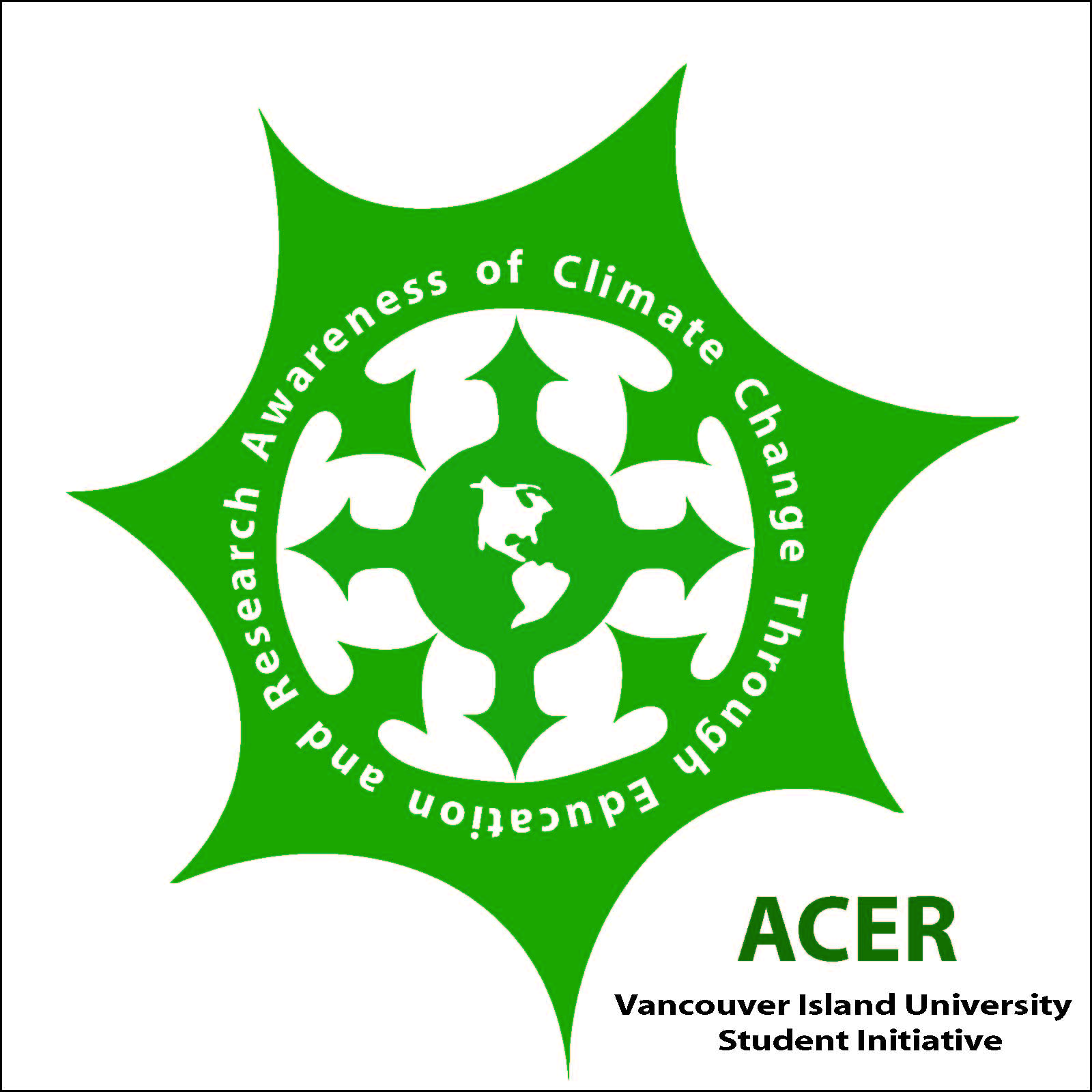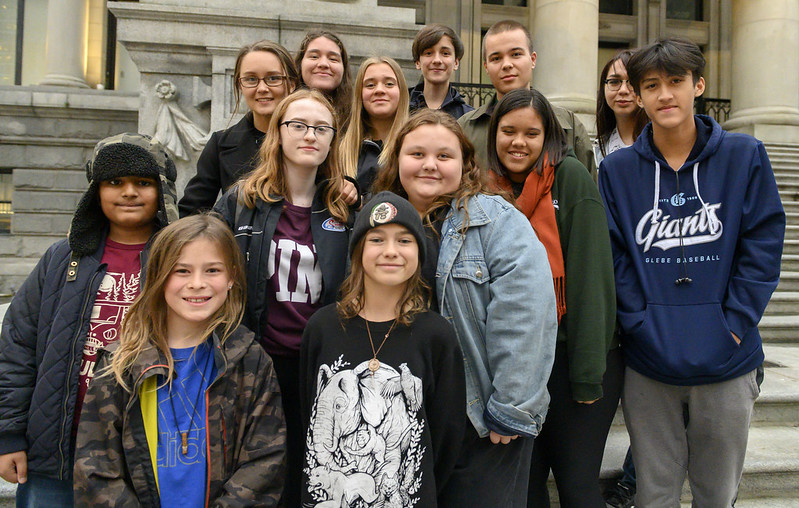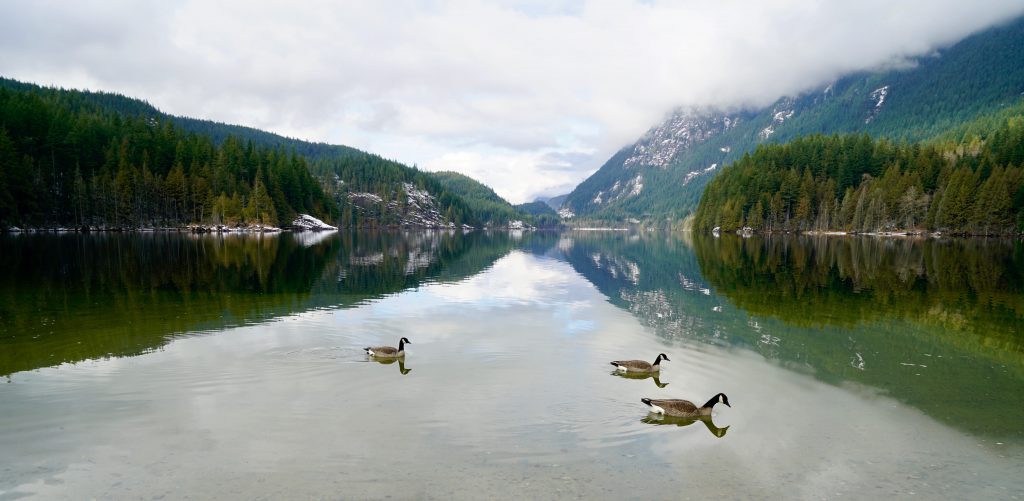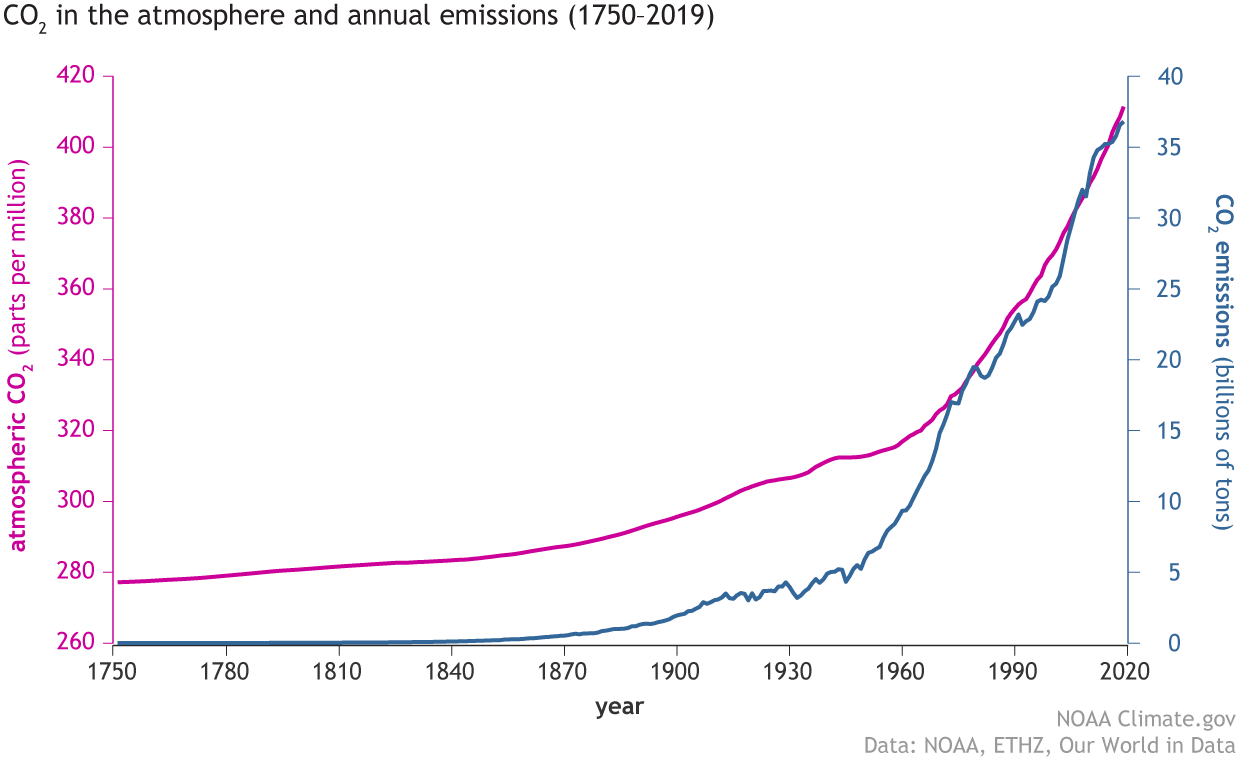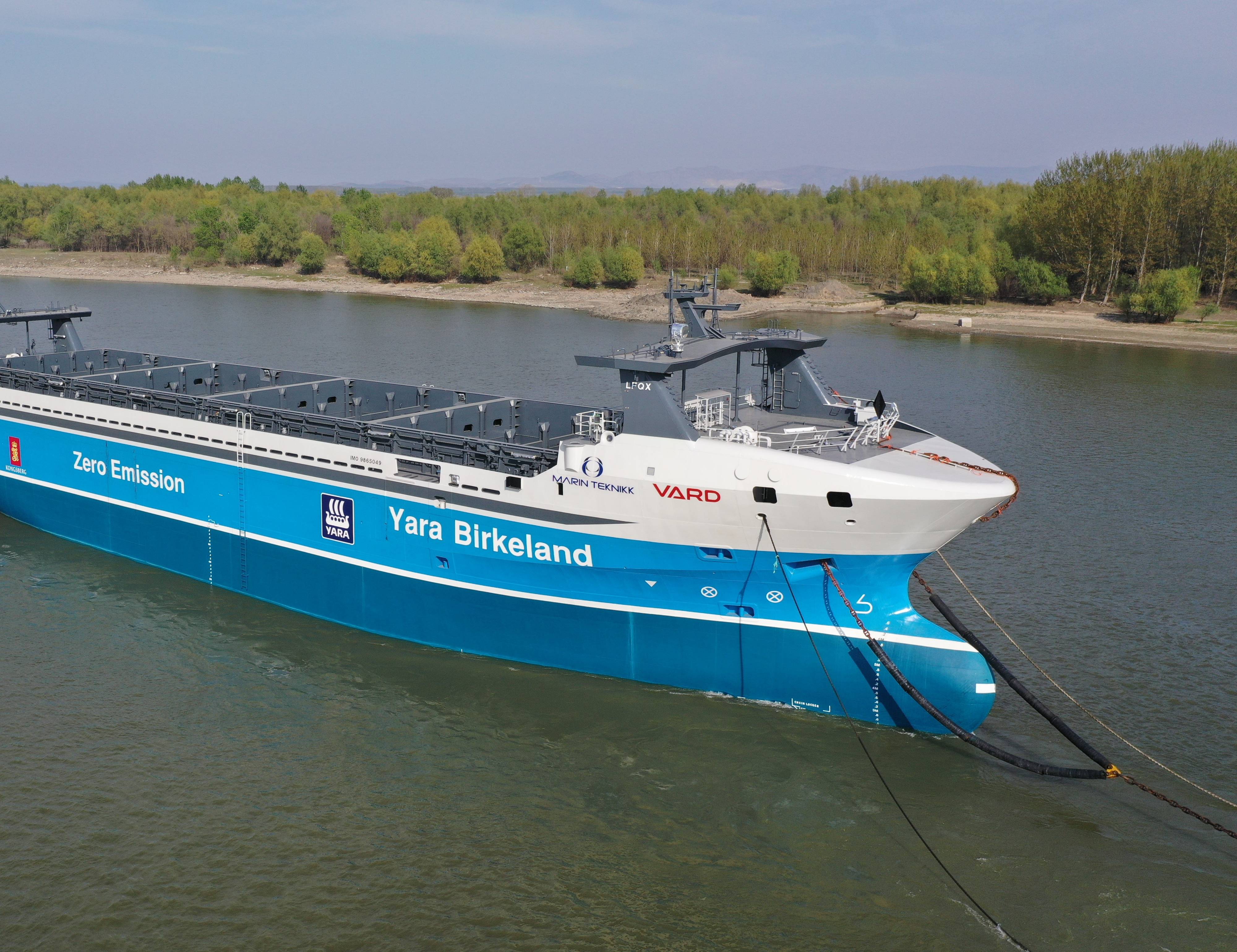
To carry on tradition in an ever-changing world, some people feel the urge or responsibility to adapt old traditions or dispose of them altogether. For example, those who celebrate Christmas traditions might wonder what kind of tree to purchase for the holidays. Perhaps unsurprisingly, it depends on the context and circumstances. The overall lifecycle of your tree, be it real or plastic, is what actually influences how environmentally friendly it is, and there are benefits to either kind of tree. Read more about the fascinating conversation surrounding Christmas trees here!
To editorialize for a moment, there is not much most individuals can do to impact the overall environment (either positively or negatively). In the meanwhile, we must live and enjoy living when we can — especially in difficult times. Happy holidays everyone!
